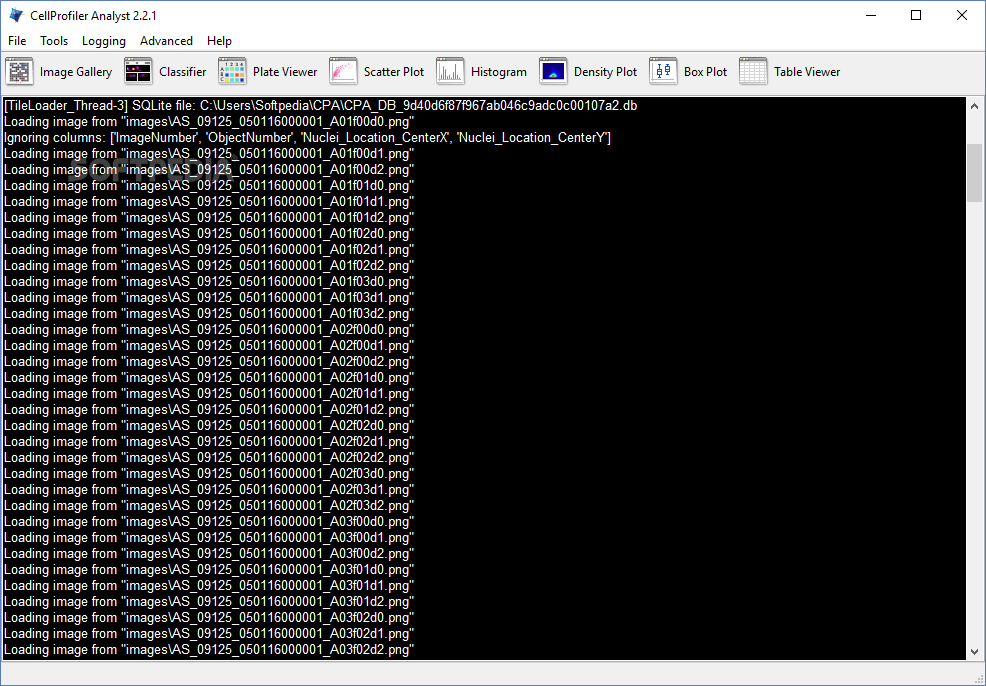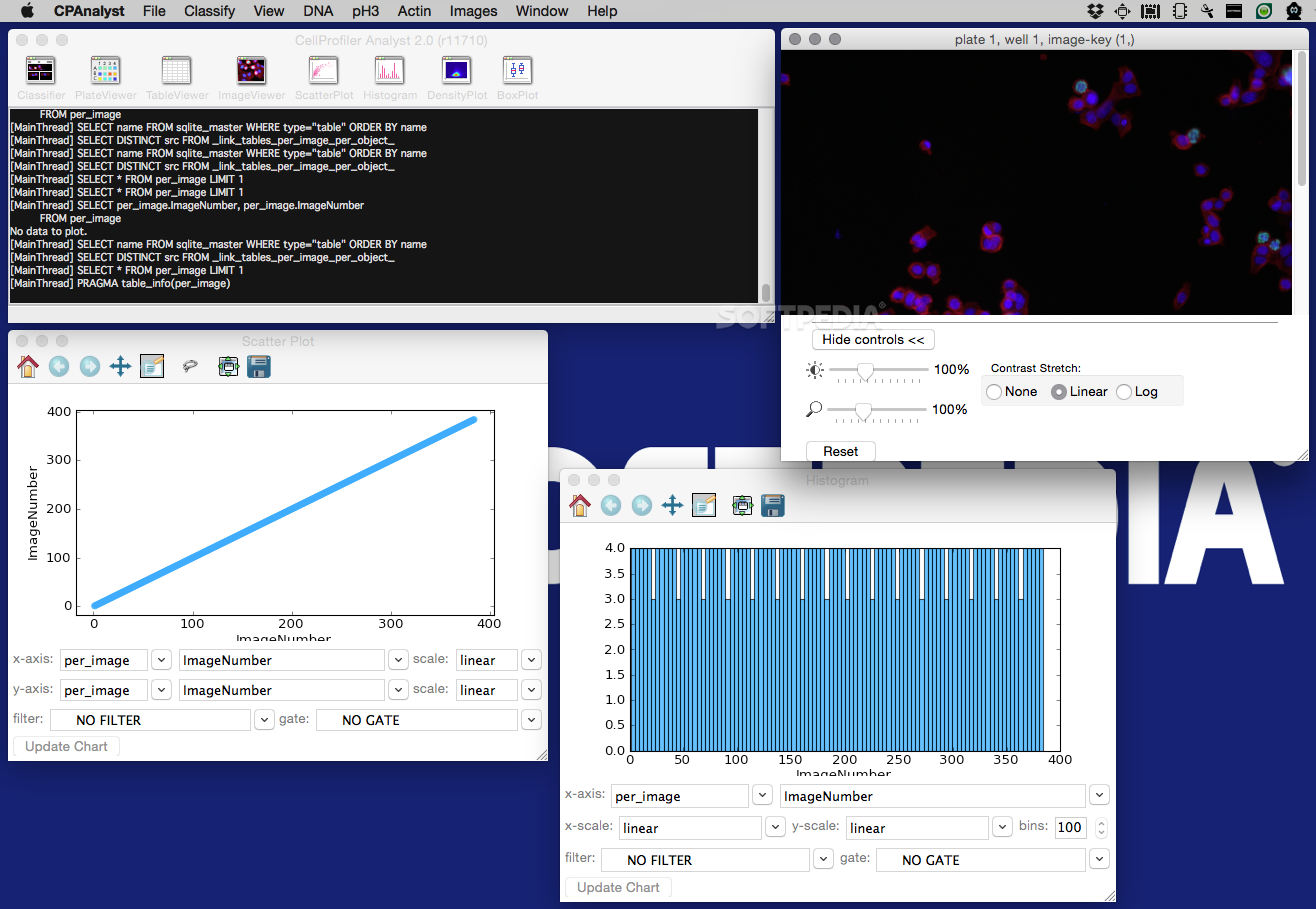
Tutorials for image-based profiling Introduction to morphological profilingĪ tutorial that introduces the concepts behind image-based profiling (aka morphological profiling), which allows you to extract additional and potentially unforseen biological insights from your image dataĪ blog post on normalizing Cell Painting data for use in image-based profiling. See more video tutorials on the Center for Open Bioimage Analysis (COBA) YouTube account
Cellprofiler save movie not working how to#
elegans worms in noise 3d images using background subtraction and Watershed module.Ī tutorial that describes how to use the UnmixColors module.

These modules are crucial for any CellProfiler pipeline because they define how images are loaded and organized in CellProfiler for downstream analysis.Ī tutorial that describes building a pipeline to segment the nuclei boundaries in noise 3d images using the ReduceNoise and IdentifyPrimaryObjects modules.Ī tutorial that describes building a pipeline to segment spots (FISH staining) on C. This method is best for annotating or labeling objects to define their boundaries, exactly, as opposed to annotating an image with bounding boxes or centroids.Ī tutorial to introduce you to four modules in CellProfiler Images, Metadata, NamesAndTypes, and Groups (collectively known as the Input modules).
Cellprofiler save movie not working plus#
You will learn how to use RelateObjects module to obtain average counts, distances, and measurements of the smaller organelles inside their larger parent objects.Ī tutorial that describes building a pipeline to segment the nuclei and cell boundaries of a HeLa cell monolayer in 3d using the Watershed module.Ī tutorial describing how to use ilastik in combination with CellProfiler to segment cells imaged only in phase contrast without any added fluorescence.Ī tutorial to show how to use CellProfiler plus CellProfiler Analyst to perform quality control on large scale screens.Ī tutorial to outlines a method for annotating image data using CellProfiler together with another open source software, GIMP. Additionally, it will show you some ways to pull out smaller features in your image by segmenting organelles within the cells and nuclei. This exercise will guide you through setting segmentation parameters that will be robust across your sample.

You will also be shown how to use RelateObjects so that you can relate the average counts, distances, and measurements of the smaller “child” organelles to their larger “parent” objects.

This is our standard tutorial for those new to image analysis in general or CellProfiler in particular.Ī tutorial that uses a CellPainting assay to find segmentation parameters for larger “parent” objects (nucleus, cell, and cytoplasm) and show you ways to pull out smaller features in your image by segmenting organelles within the nuclei. Please also check out our examples page, which includes additional pipelines and materials for using CellProfiler with specific samples and imaging applications.Ī tutorial showing how to segment cells in CellProfiler and then classify them by phenotype in CellProfiler Analyst. CellProfiler tutorials are exercises we've guided groups of users through to help them better understand how to use CellProfiler.


 0 kommentar(er)
0 kommentar(er)
